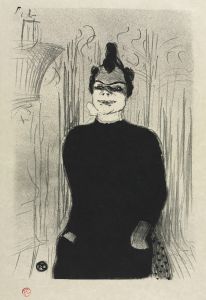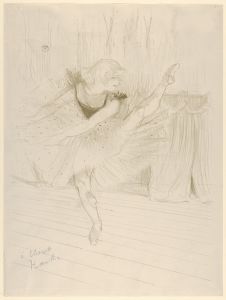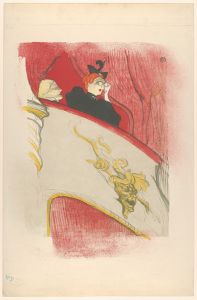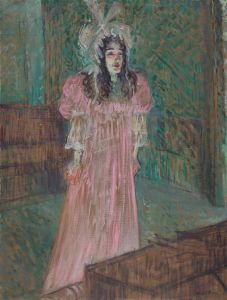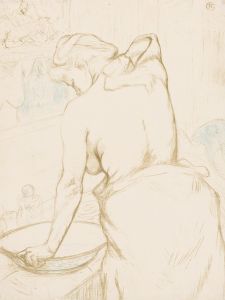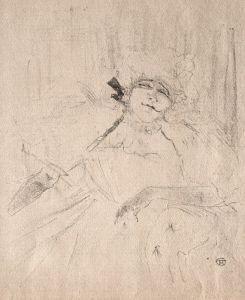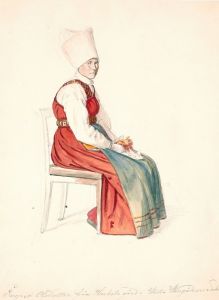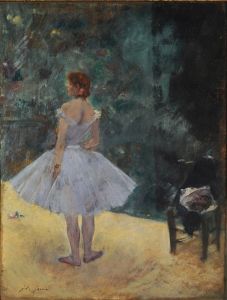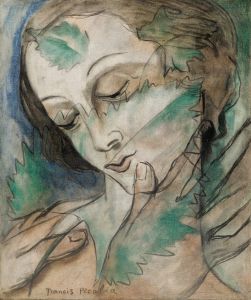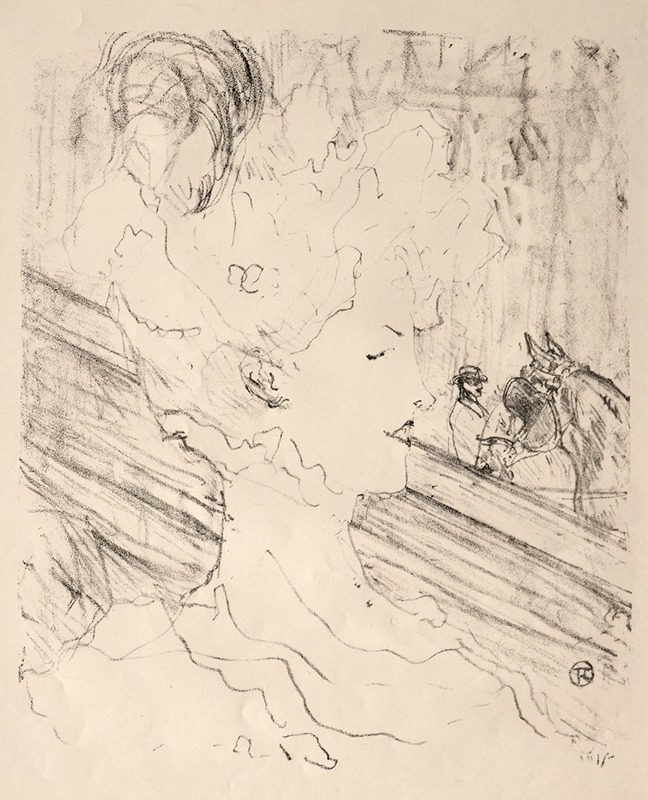
Emilienne d’Alençon
A hand-painted replica of Henri de Toulouse-Lautrec’s masterpiece Emilienne d’Alençon, meticulously crafted by professional artists to capture the true essence of the original. Each piece is created with museum-quality canvas and rare mineral pigments, carefully painted by experienced artists with delicate brushstrokes and rich, layered colors to perfectly recreate the texture of the original artwork. Unlike machine-printed reproductions, this hand-painted version brings the painting to life, infused with the artist’s emotions and skill in every stroke. Whether for personal collection or home decoration, it instantly elevates the artistic atmosphere of any space.
Henri de Toulouse-Lautrec, a prominent French painter, printmaker, and illustrator, is renowned for his depictions of Parisian nightlife in the late 19th century. Among his many subjects was Emilienne d’Alençon, a celebrated French dancer and actress of the Belle Époque era. Toulouse-Lautrec's portrayal of Emilienne d’Alençon captures the essence of the vibrant and often decadent Parisian society during this period.
Emilienne d’Alençon was born in Paris in 1869 and rose to fame as a performer at the Folies Bergère and other popular venues. Known for her beauty and charm, she became a muse for several artists and a prominent figure in the social circles of Paris. Her relationships with influential figures of the time, including aristocrats and artists, further cemented her status as a cultural icon.
Henri de Toulouse-Lautrec, born in 1864, was a key figure in the Post-Impressionist movement. Despite suffering from health issues that affected his growth and mobility, he became a prolific artist, producing thousands of works that captured the spirit of Montmartre, a district in Paris known for its bohemian lifestyle. His works often featured dancers, singers, and other performers, reflecting the dynamic and sometimes hedonistic atmosphere of the time.
The painting "Emilienne d’Alençon" by Toulouse-Lautrec is a testament to his unique style, characterized by bold lines, vibrant colors, and an ability to convey the personality and mood of his subjects. While specific details about this particular painting are scarce, it is consistent with Lautrec's approach to portraiture, where he often focused on capturing the essence of his subjects rather than adhering to traditional standards of beauty or realism.
Toulouse-Lautrec's work is notable for its innovative use of color and composition, as well as its candid portrayal of the human condition. His depictions of Emilienne d’Alençon and other performers are not merely portraits but also social commentaries on the lives and roles of women in the entertainment industry during the Belle Époque. Through his art, Lautrec offered a glimpse into the world of cabarets, theaters, and dance halls, highlighting both their allure and their underlying complexities.
Emilienne d’Alençon's collaboration with Toulouse-Lautrec is a reflection of the mutual influence between artists and performers during this era. Her presence in his work underscores the interconnectedness of the artistic and entertainment communities in Paris, where boundaries between different forms of art were often blurred.
Toulouse-Lautrec's legacy as an artist is marked by his ability to capture the fleeting moments of joy, melancholy, and exuberance that defined the nightlife of Paris. His portraits of figures like Emilienne d’Alençon continue to be celebrated for their insight into the cultural and social dynamics of the time. Today, his works are housed in major museums and collections worldwide, serving as enduring reminders of his contribution to the art world and his unique perspective on the human experience.
In summary, while specific details about the painting "Emilienne d’Alençon" by Henri de Toulouse-Lautrec are limited, the work exemplifies his distinctive style and his fascination with the performers of Parisian society. Through his art, Lautrec not only immortalized figures like Emilienne d’Alençon but also provided a window into the vibrant and complex world of the Belle Époque.







